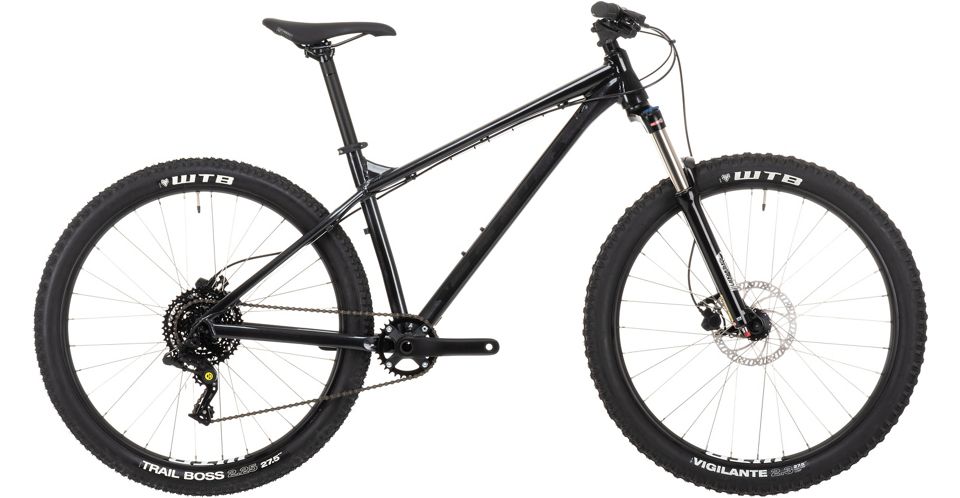Zeppelin Aero 12′6″ Graphite Inflatable Kayak | Tandem Kayaks | BOTE
The result of a timely tryst between a highly utilitarian father and a swiss army-like mother, the Zeppelin is the most versatile kayak in the BOTE waters. A self-draining hull, removable floor chamber, and optional second seat differentiate the Zeppelin from its stablemates. An inflatable watership that welcomes the individual and tandem alike.
WHERE AIR & WATER COLLIDE
PERFECT FOR THESE SKILL LEVELS
BEGINNER INTERMEDIATE ADVANCED
A self-draining hull, removable floor chamber, and optional second seat are only some of the features that make the Zeppelin Aero 12’6″ Graphite Inflatable Kayak the most versatile kayak in the BOTE waters.
TANDEM COMPATIBLE
Want an extra rider to tag along? Simply add an extra Aero Paddle Seat to the Zeppelin to take it from solo kayak to tandem kayak in seconds.
HIGH & DRY
The elevated design of the Aero Paddle Seat and self-bailing floor of the Zeppelin keeps you comfortable and dry during your long awaited time on the water.
FAMILY FRIENDLY
With a high capacity and tandem capabilities, the Zeppelin Aero is a great option for the whole family to spend time on the water together.
MADE WITH AEROBOTE
Constructed with our Aero Technology™ to ensure peak rigidity and performance.
MAGNEPOD™ COMPATIBLE
The MAGNEPOD™ magnetic base is a revolutionary, tool-less drink retention system that makes securing your BOTE magnetic drinkware a snap.
LIGHTWEIGHT & PORTABLE
AeroBOTE construction allows BOTE inflatable kayaks to transform from folded up travel bag into a fully functional kayak in minutes, allowing for superior ease of transportation and storage.
Additional information
| Dimensions | 12′6″ L × 38″ W × 9″ D |
|---|---|
| Capacity | 600 LBS |
| Avg. Weight | 41 LBS |
| Optimal Floor Inflation | 10-15 PSI |
| Optimal Pontoon Inflation | 2-3 PSI |
| Optimal Aero Paddle Seat Inflation | 6-8 PSI |
| Travel Bag Dimensions | 38.6″ H × 28″ W × 14.2″ D |
| Loaded Bag Weight | 50 LBS |
| Included Items | One (1) Zeppelin Aero 12′6″ Inflatable Kayak |






by Mike
I do love the flexibility of it. It’s nice having a seat with a cooler in the back and a dog in the front.
by Todd
My son and i took our Zeppelin Kayak out for its Maiden Voyage this past weekend. What I like most is how easy and quickly it is to inflate the kayak and get in the water. We added an extra seat and bucket holder so that we can use it for fishing. Looking forward to a summer of Father and son memories out on the water!
by Emily
Absolutely love my new kayak!
by Brain
Great versatility, convenience, and portability – Zeppelin Lono gets it done!
by April
This is the most stable and reliable kayak I’ve ever had. This is my 1st kayak purchase and I’m glad I chose this one. I use it for pleasure on the lakes in KS with my 2 English bulldogs. There’s plenty of deck room for my hula, fishing rack, fishing pools, tackle box, my magne cup, and my 2 dogs with their life jackets. It’s the perfect rig for stable and steady water activities. Overall 5+ stars! Love this kayak!!!